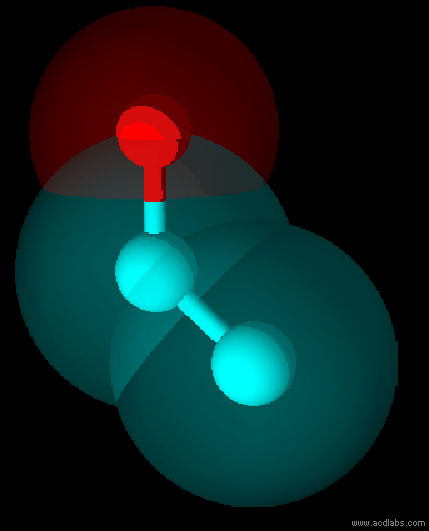Chemistry for the day: Eating alcohol?

Many of us came to now alcohol mainly as just the alcoholic drink. Of course that’s only normal to assume given their main ingredient but did you know you also eat alcohol on a daily basis? You see, alcohol is found in more food than you can imagine. I’m not just talking about those recipes that call for alcohol in their ingredients lists but naturally occurring alcohol as well, those found in your fermented foods, in your fruits, in your food flavorings and colorants, in plant extracts, and even in your everyday cup of coffee.
How does that happen?
Well a majority of us know food alcohol as ethanol but for those that work in laboratories and who have a good chemistry background, we come to understand that alcohol is anything that has a hydroxyl group (The red –OH part on the structures) at the end of its chemical structure. So it’s not just found in food but also in a variety of products that range from cleaning products to your beauty products and even art materials. But those are for another day, for now we’ll focus on food

Effect of alcohol on food
Alcohol is acidic in nature thus when you consume a large amount of it, you get ketoacidosis. But it’s also the main reason why it’s great for mixing it into food. This group of compounds can mix both in water and in oil due to its carbon parts (its hydrophobic ends that stick to the meat and oils because of similarity in composition) then the –OH part (its hydrophilic ends, the one that attracts water, which is a main constituent to your food mixes, but it also attracts the carbonaceous parts of other spices due to inter-molecular force, but I don’t think that’s to be discussed here). This is why a variety of dishes make use of alcoholic beverages to deepen and make the spice/marinate bind more to the meat or vegetable. Aside from that, alcohol also acts as a tenderizer for the meat. Again, because of the –OH part that attach themselves partially to carbon parts of the meat so it kind of loosens up the long carbon chains in meat which in turn, loosens up the protein and fat fiber, thus making the meat softer a bit.

Alcohol in your ferments, extracts, seasonings and juices
I find it important to say that all fruits or rather, all sugary natural products have alcohol in them. Sugar, when fermented, becomes alcohol. The type of alcohol doesn’t matter right now but this must be remembered. Aside from when they’re fermented, alcohol also contributes to their aroma and flavor. Of course, you can’t get drunk from those, nor will the alcohol in fruits stimulate your brain to get more alcohol. But again, it’s not just fruits. You’ll also be surprised to find that your favorite seasonings, such as vinegar and soy sauce contain alcohol since these are also products of fermentation. Even the extracts you use in baking such as your vanilla extracts, food colorants and even those flavor imitations. You can try to check the ingredients list of some products too, especially the kinds of thick sauces, those have some form of alcohol listed in them too
Alcohol in breads and dairy products
For milk to be partly alcoholic may come as a surprise, but then milk comes in many forms and it also undergoes fermentation. The lactose (lactose is a sugar, actually) in milk is fermented to lactic acid. Although it’s called acid, it’s still a form of alcohol.

As for how bread is alcoholic, well flour is basically chains of sugar and yeast is there to break those down when fermentation is activated. It will definitely come as a surprise that your rye bread has an average of 0.18 g/L, but still, you don’t get drunk from it. Other breads also have detectable amounts of alcohol in them and it only increases because dairy products are used on them. Thus why these two products are in tandem
Alcohol is not limited to fermentation
Since ferments are common sources of alcohol, I now want to introduce you to Furfuryl alcohol, one that’s derived from heating. This one appears in a lot of your cooked an roasted foods but this is also what you find in coffee. Whether it be the roasted ones or the instant one, this compound exists and helps acidify your usual cup of joe.
I may have discussed this a bit too much but I hope you find something useful in this and come to realize that as I’ve said, alcohol is inescapable.
for more info? though it's basically the safety of food alcohol on children
I never got to show mechanisms ;;-;;
https://www.ncbi.nlm.nih.gov/pmc/articles/PMC5421578/pdf/bkw046.pdf



You elaborated this very well. 👍👍 I am amazed that many foods contains alcohol. I also wonder if bagoong have it too, since it is a product of fermentation. 🤔